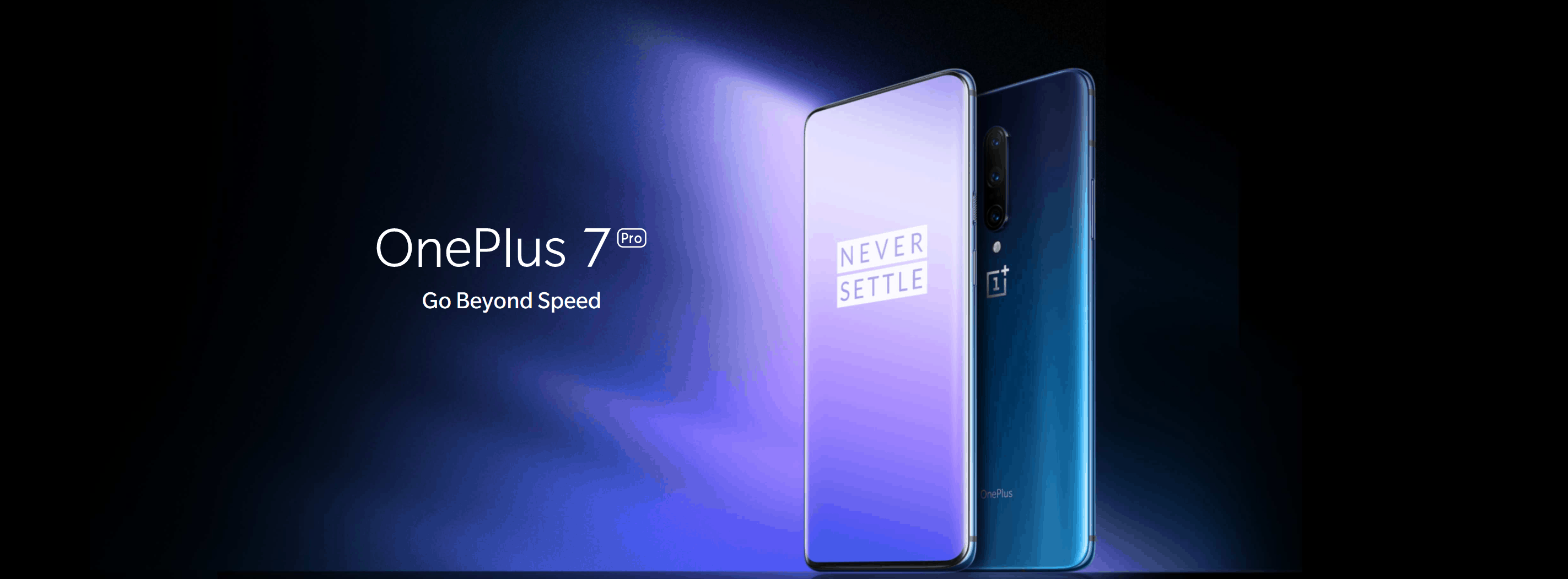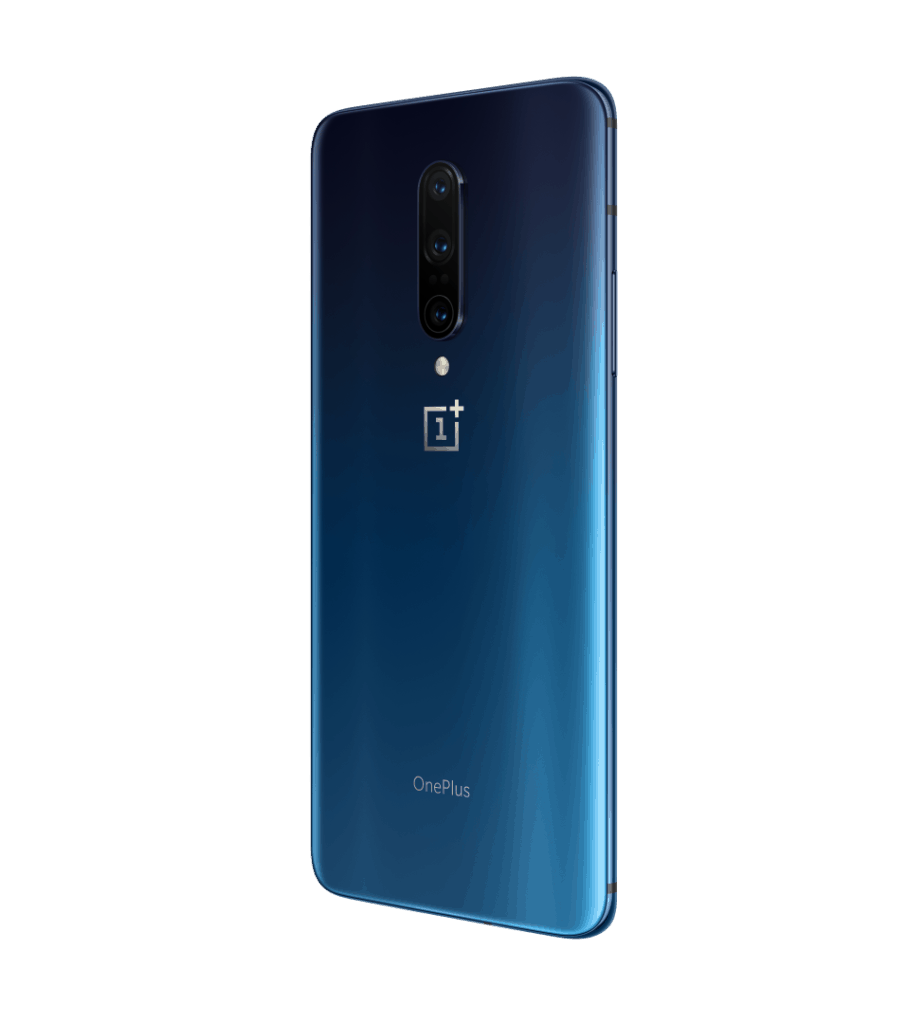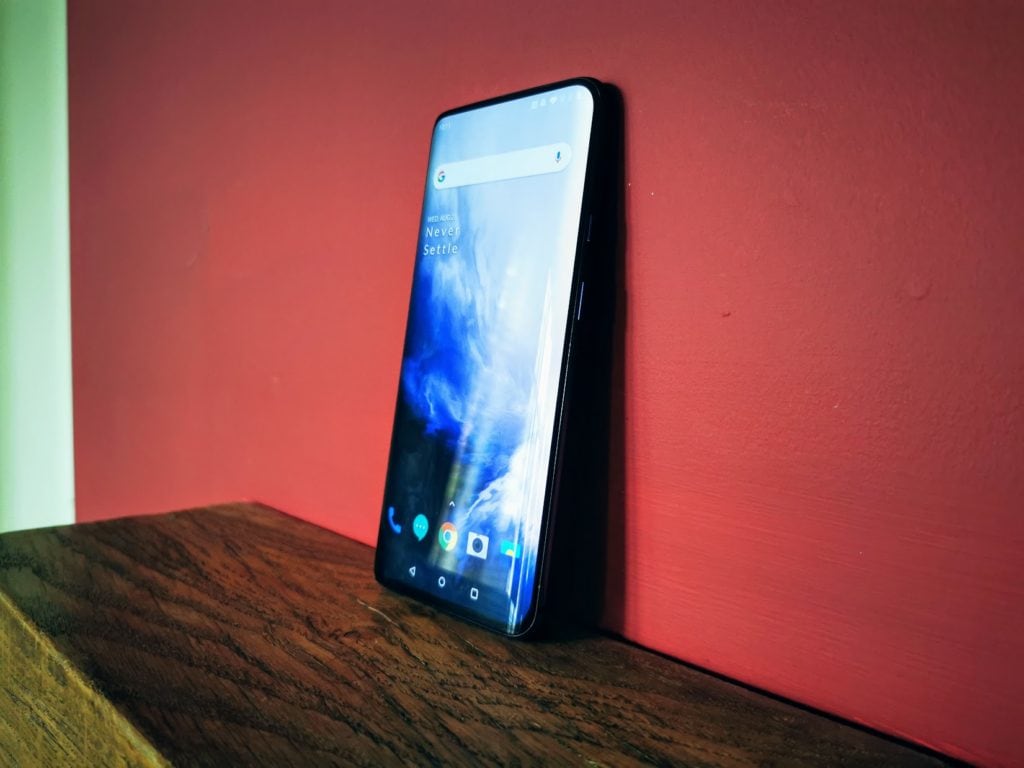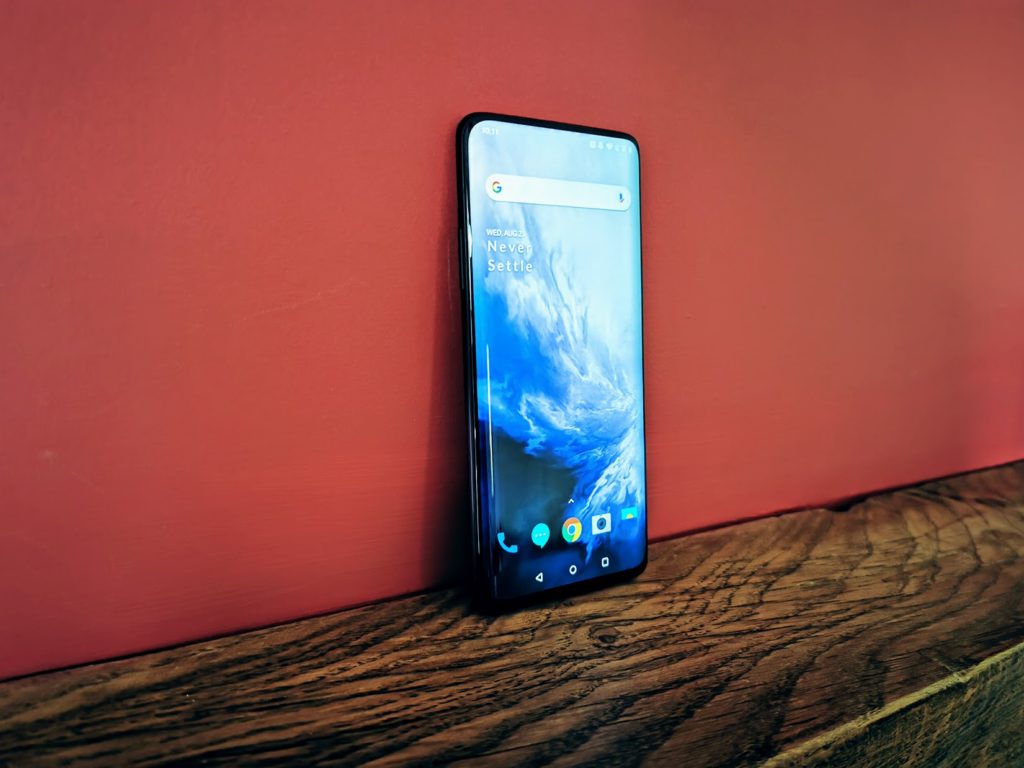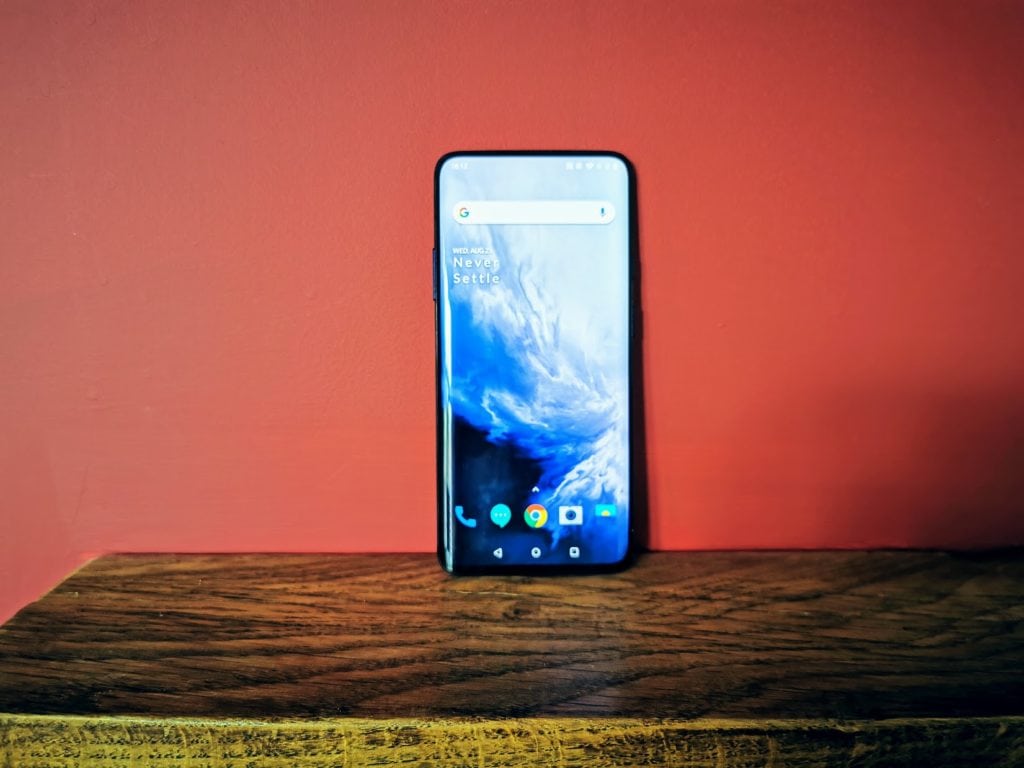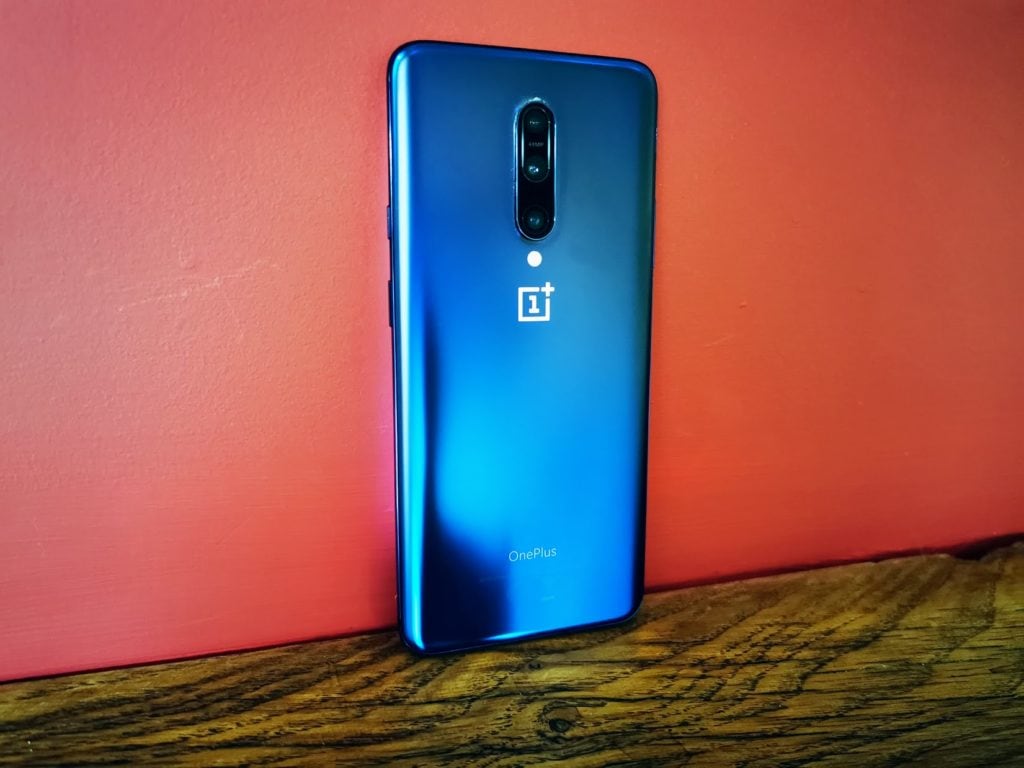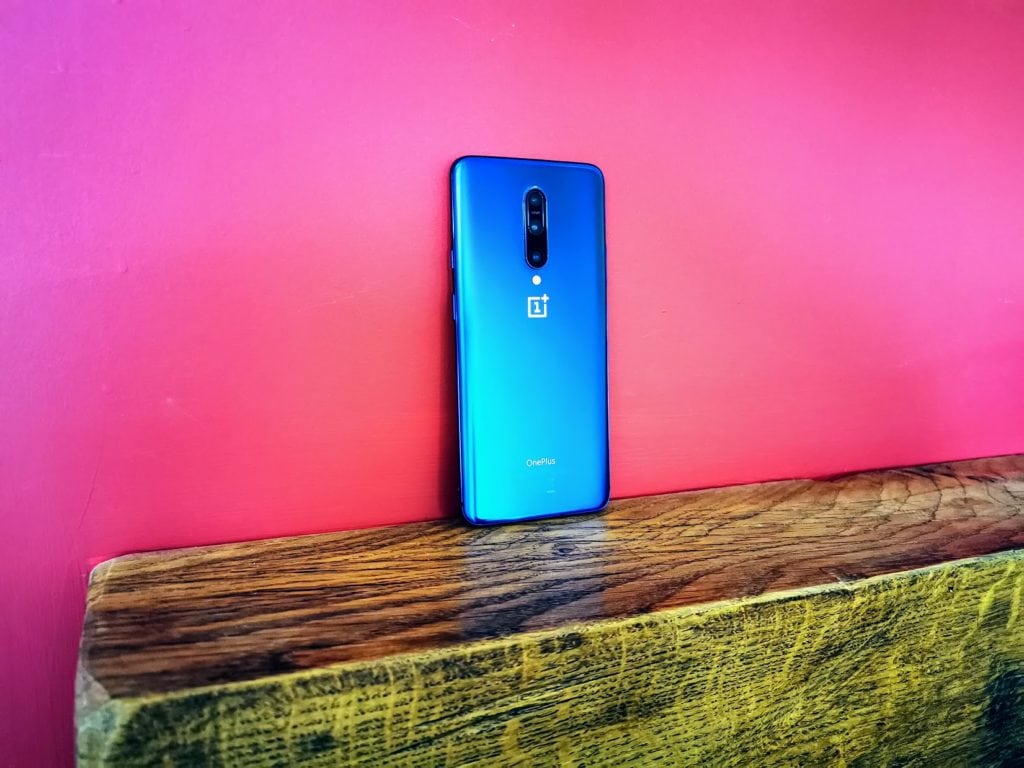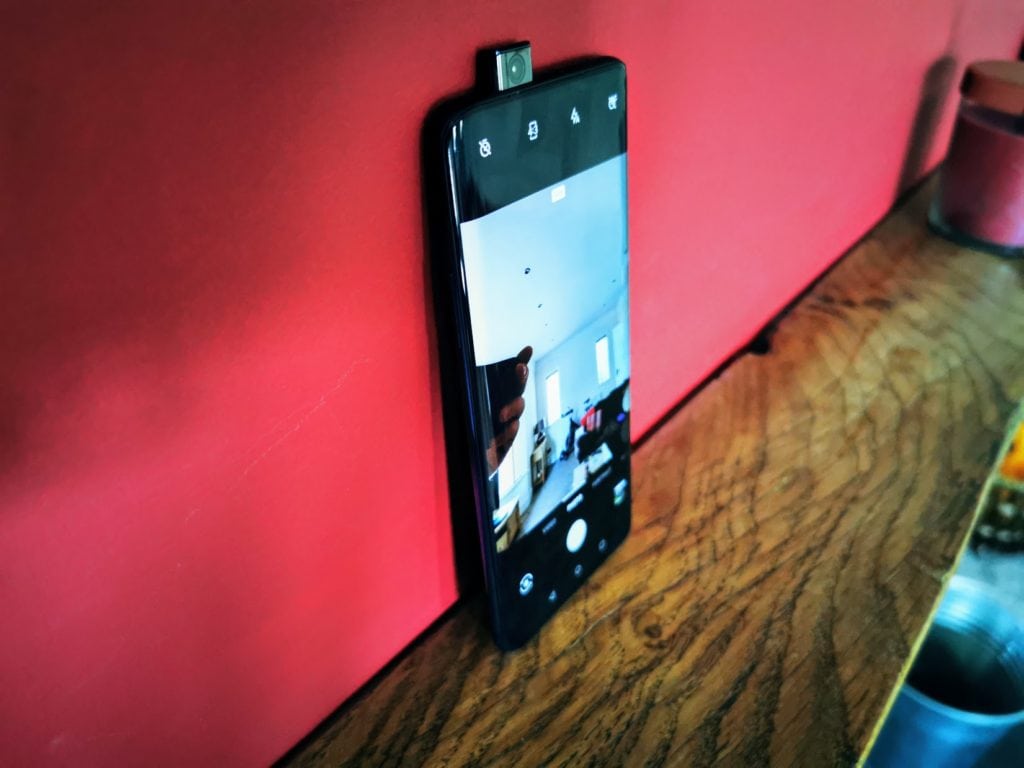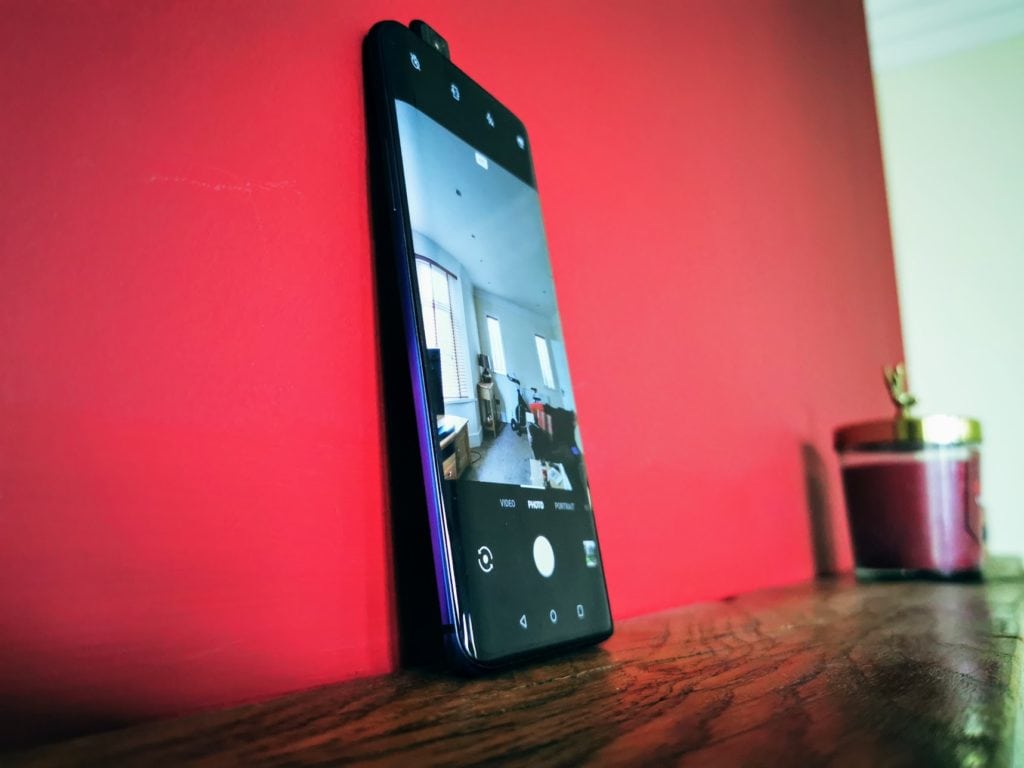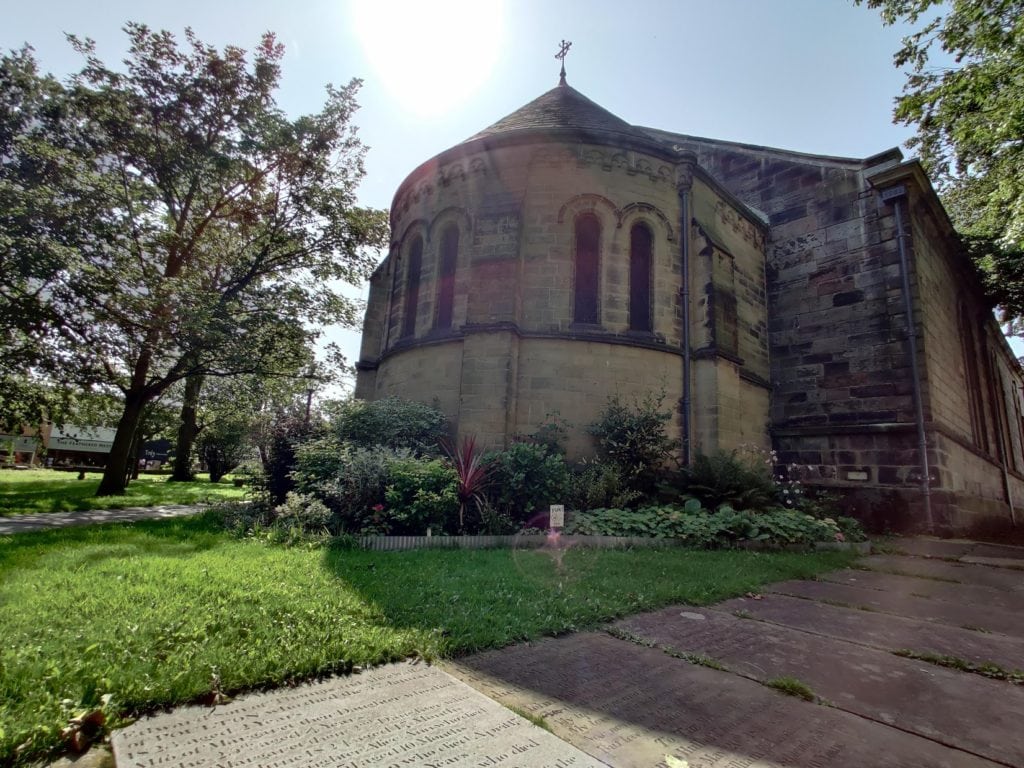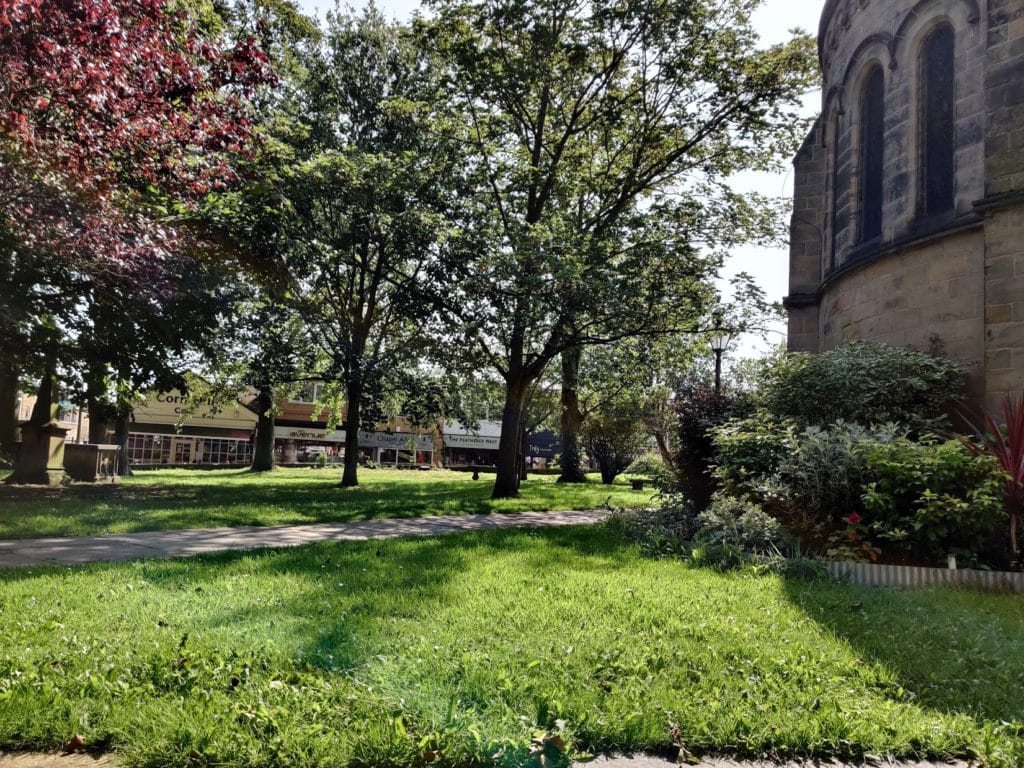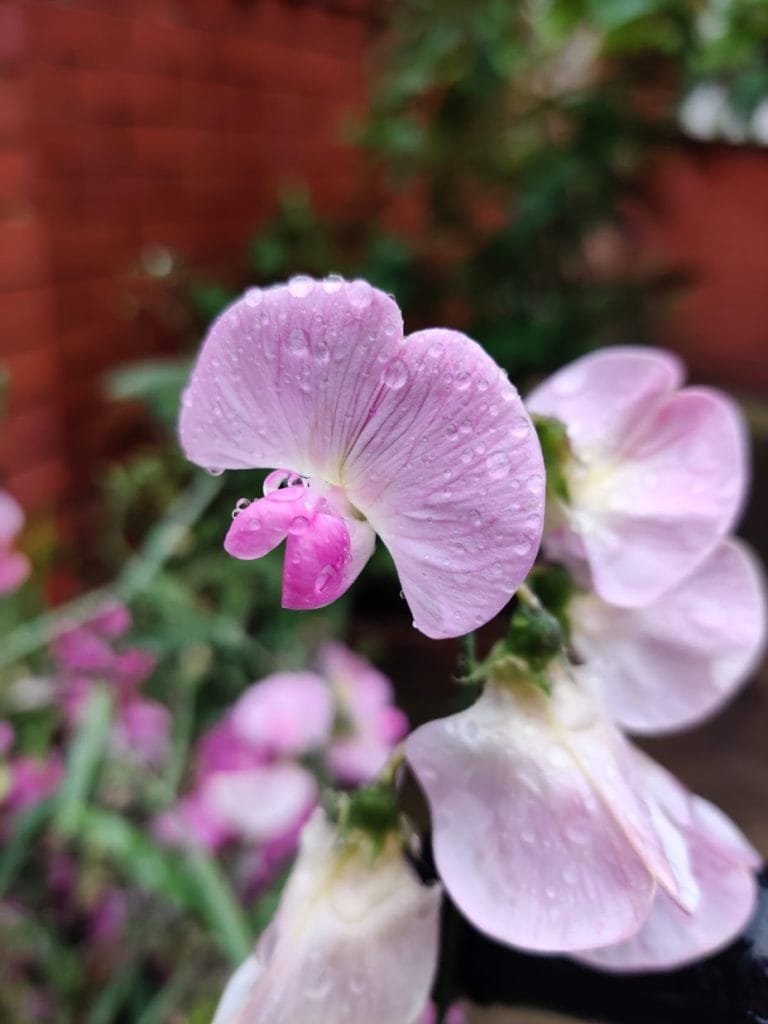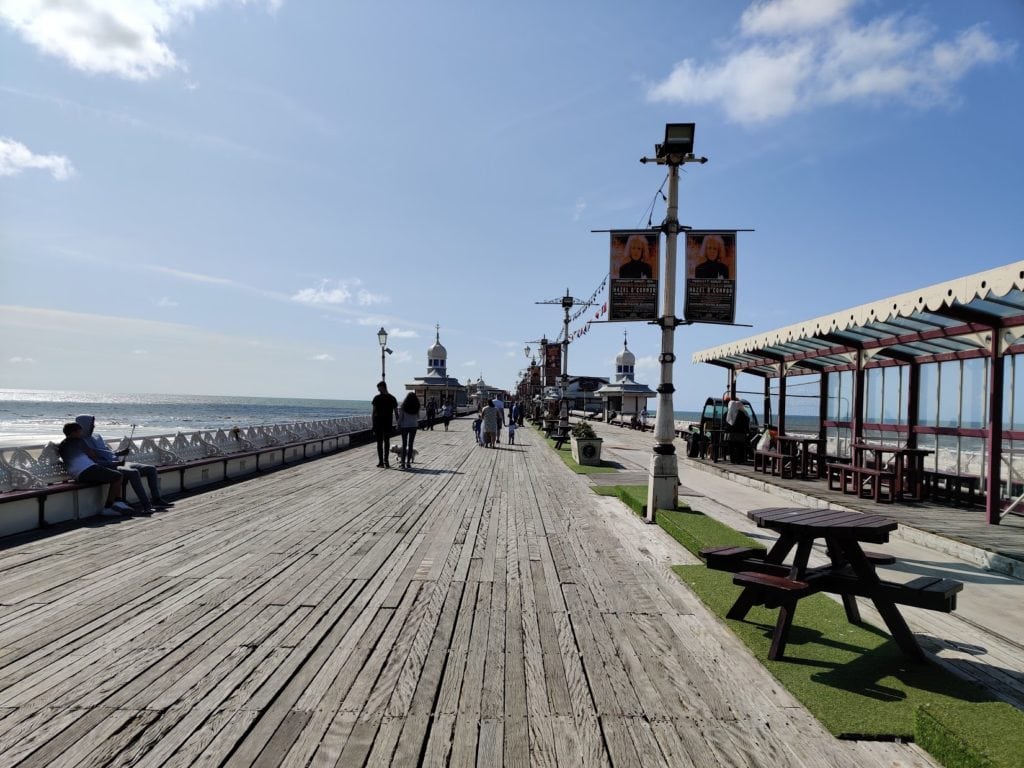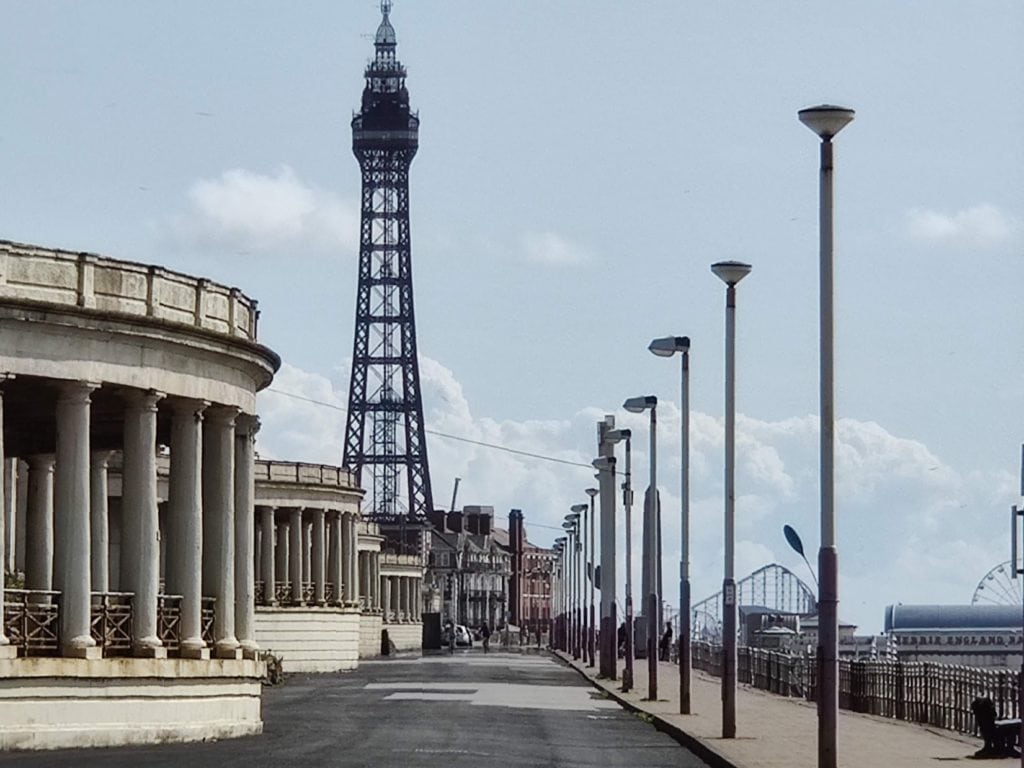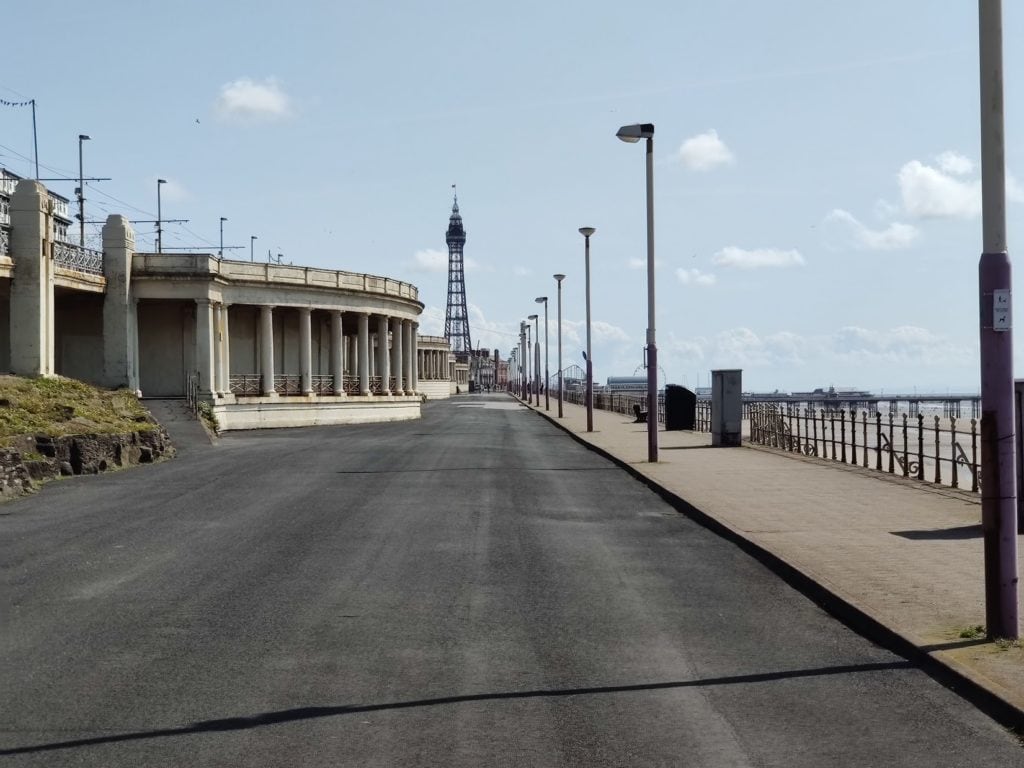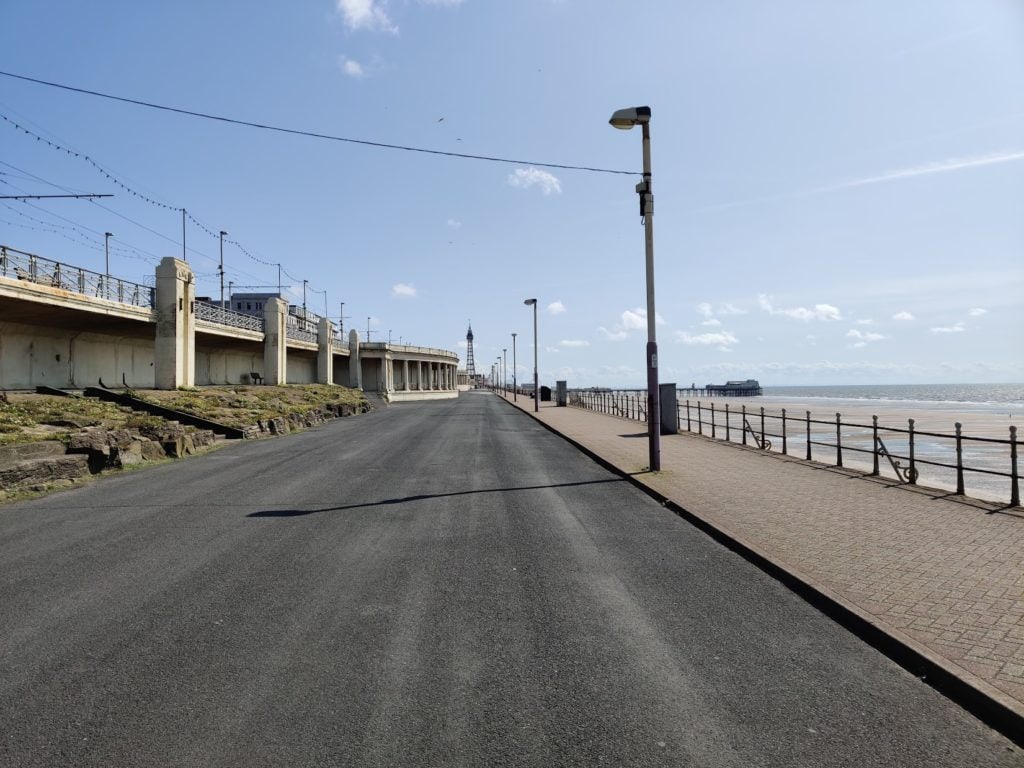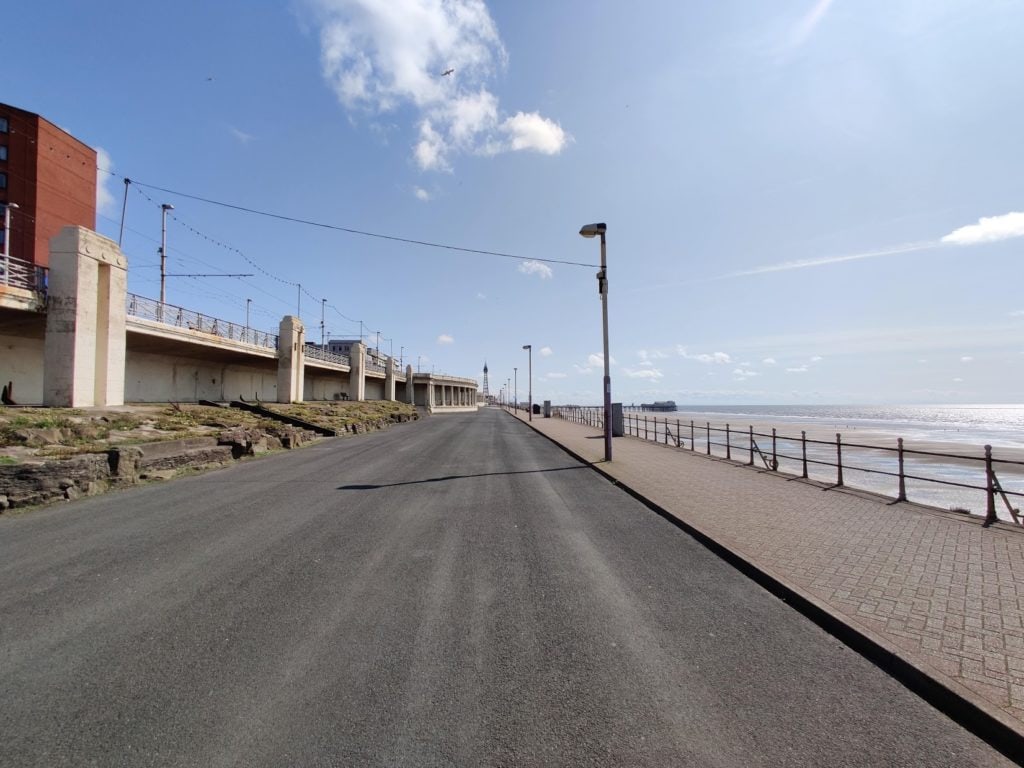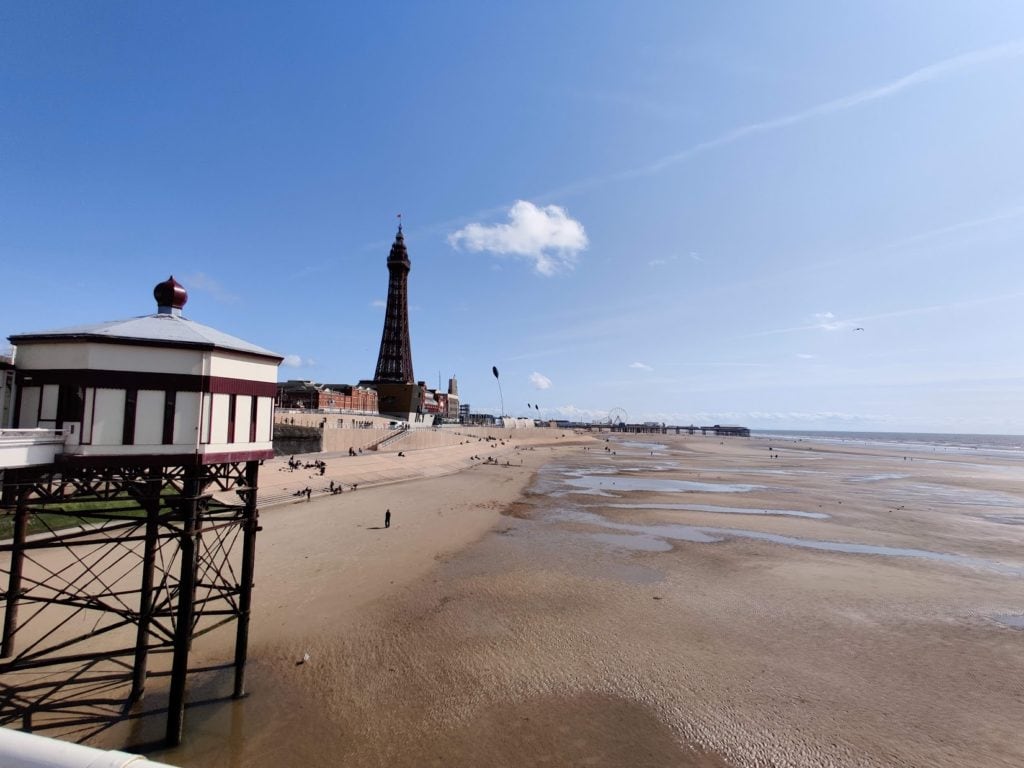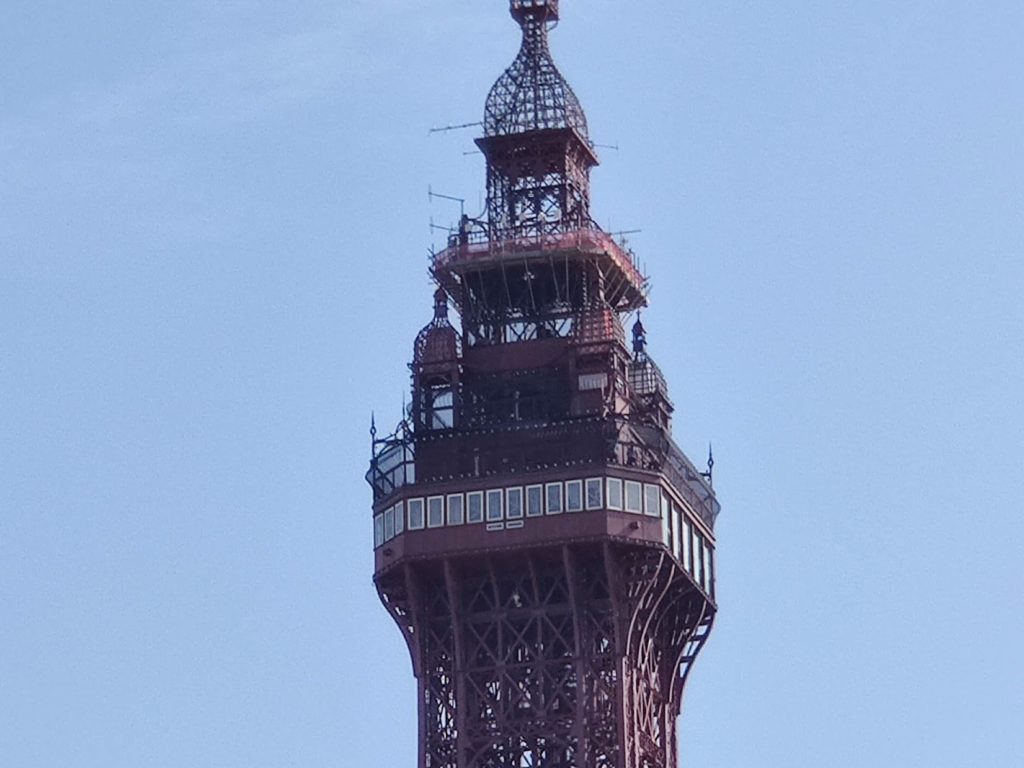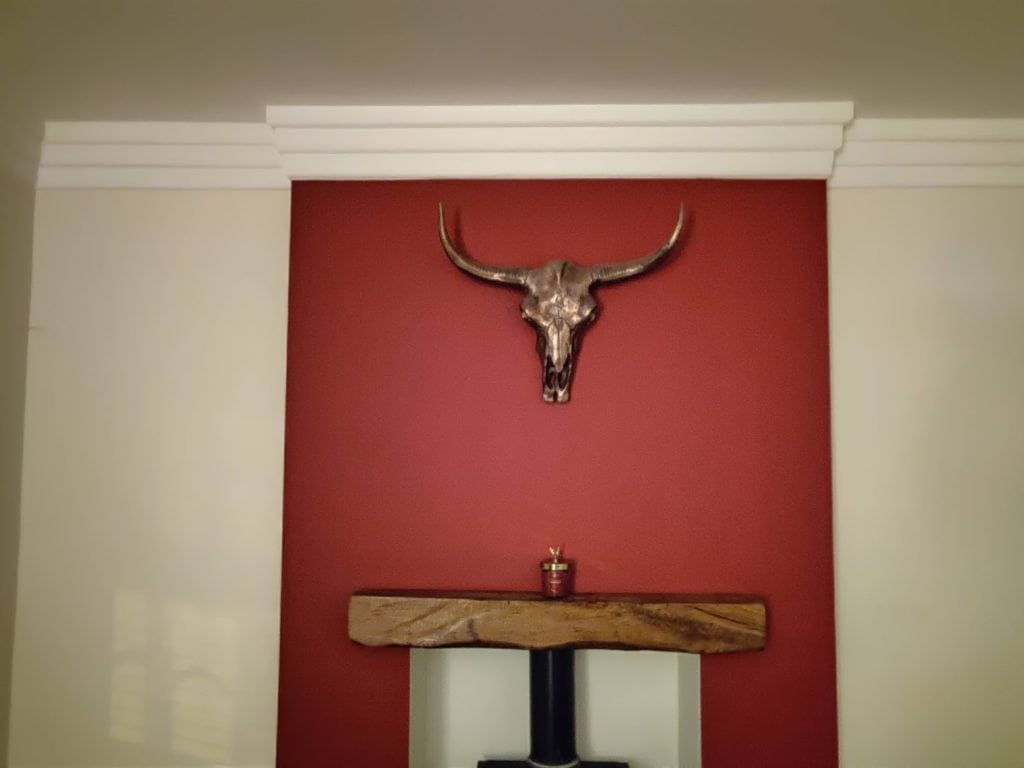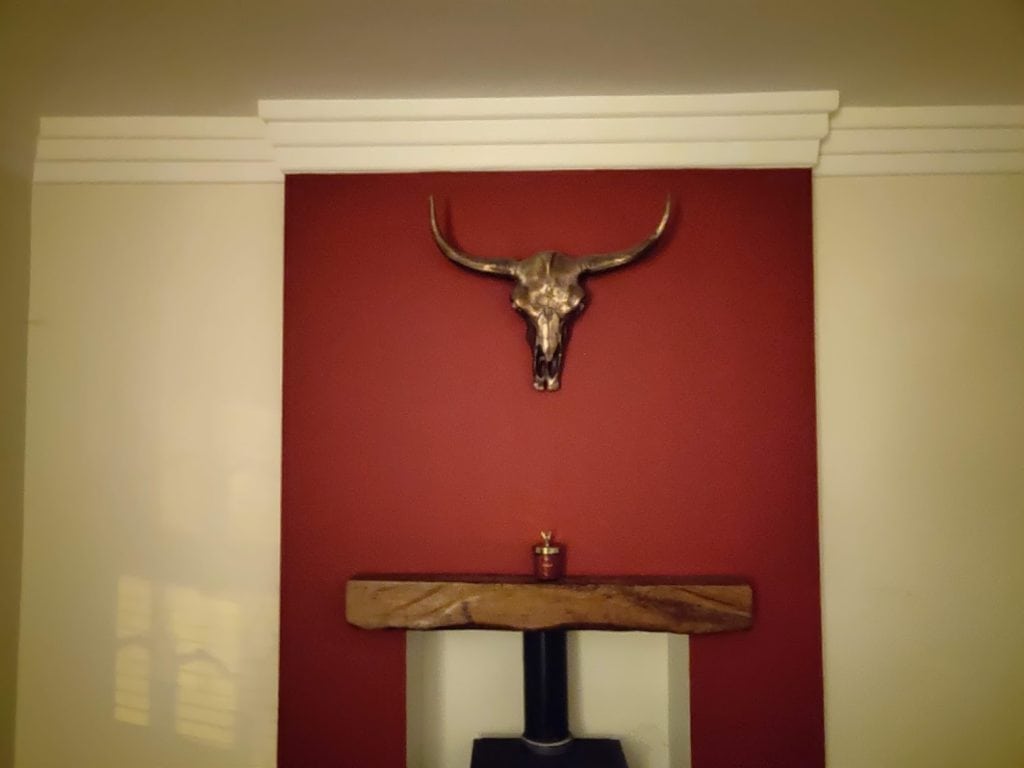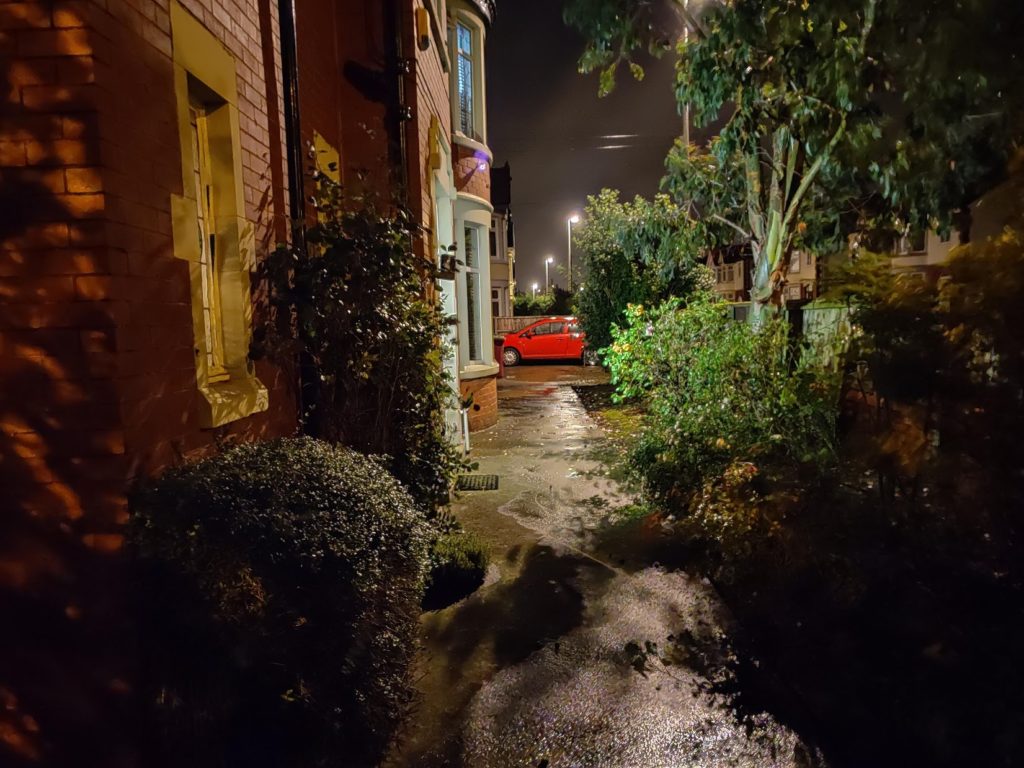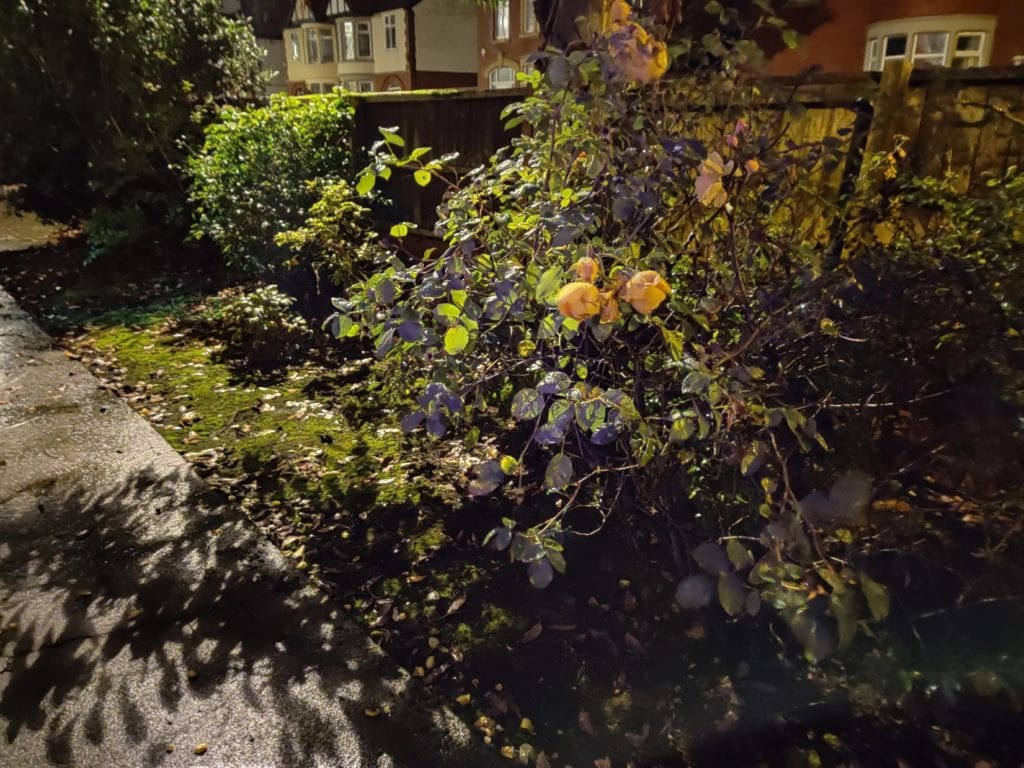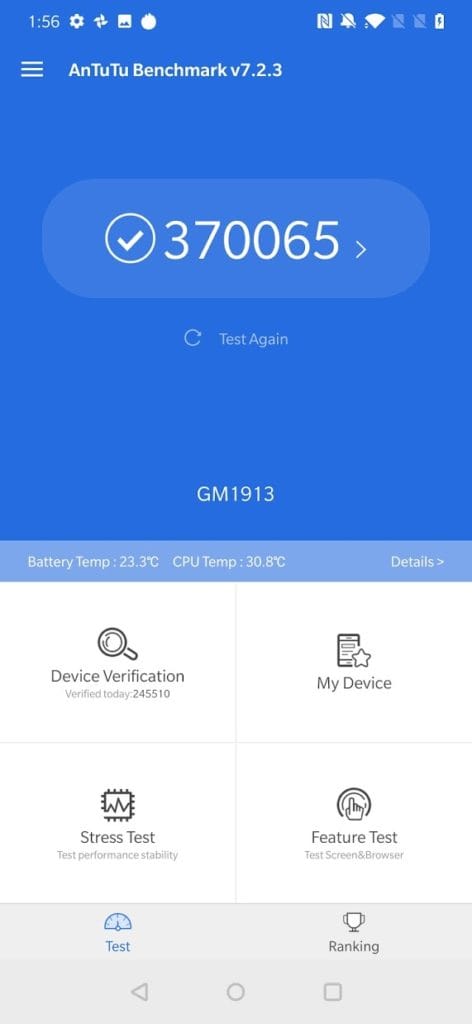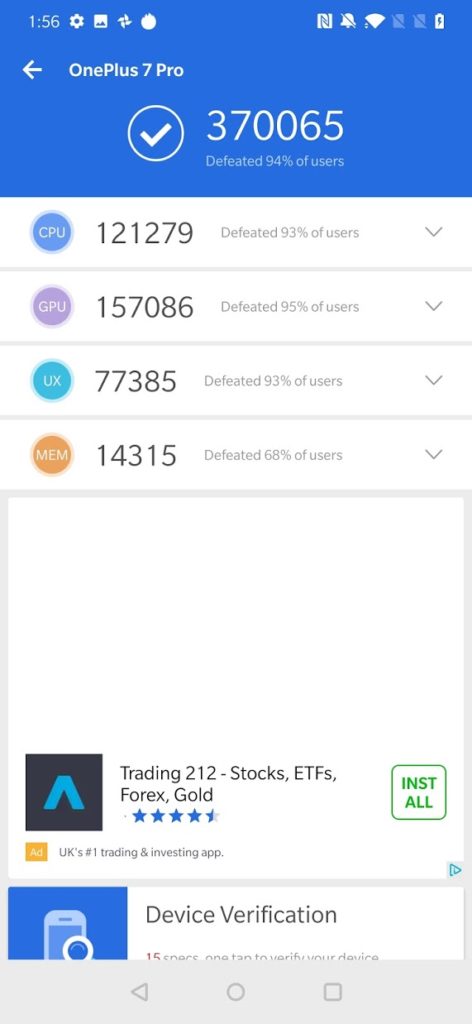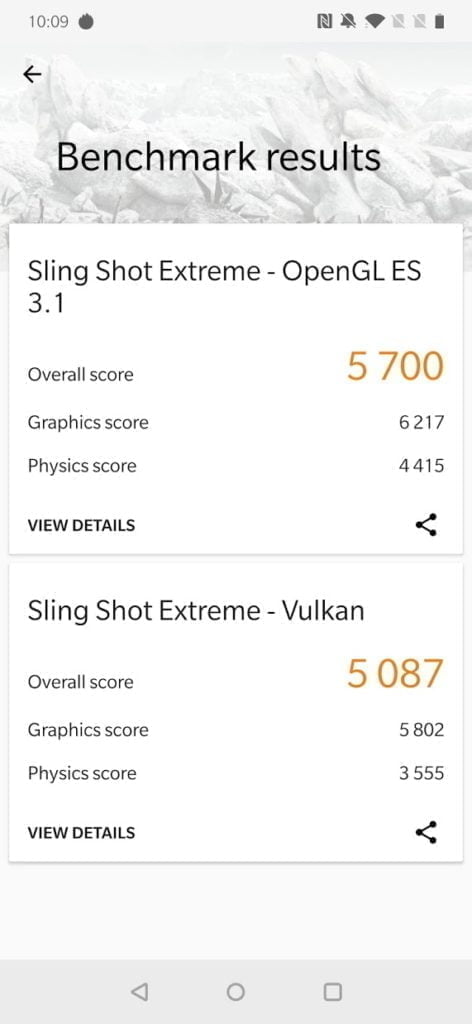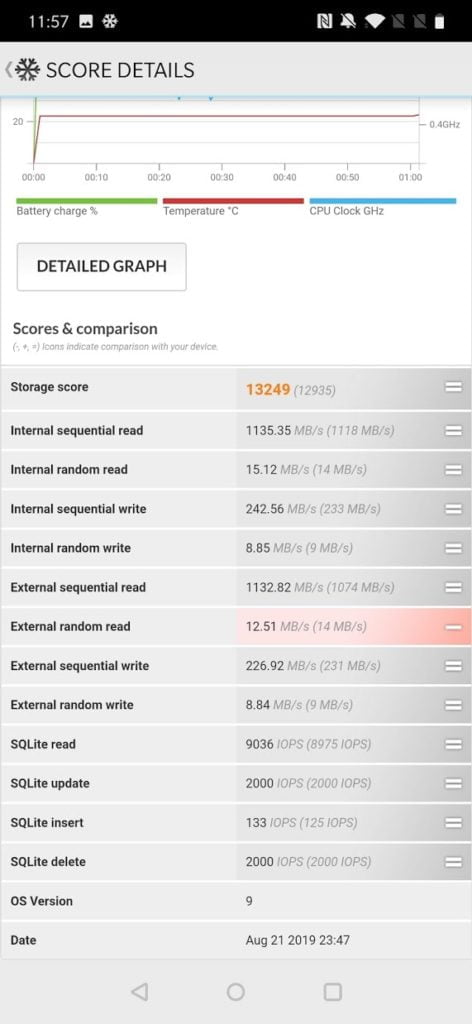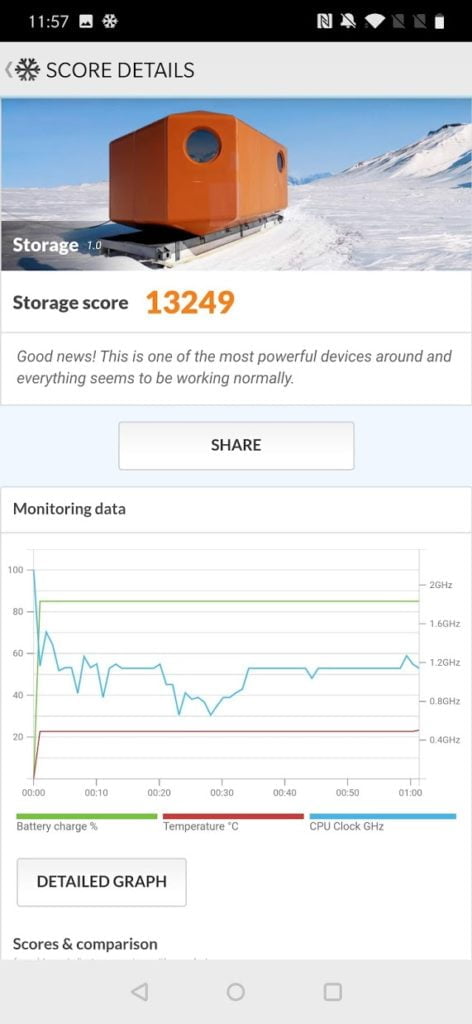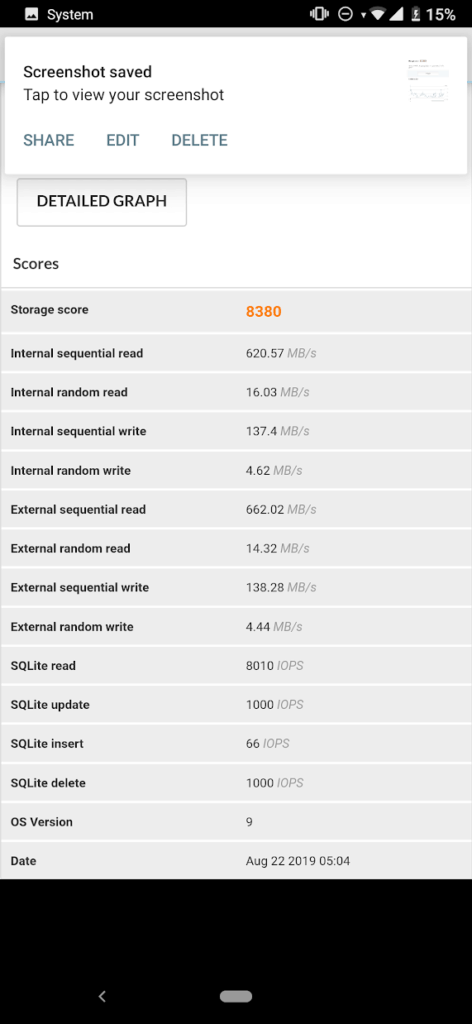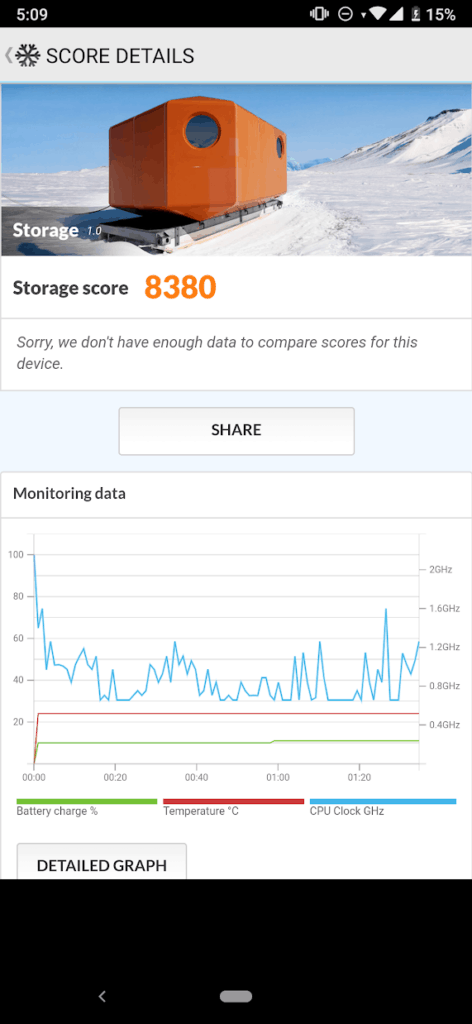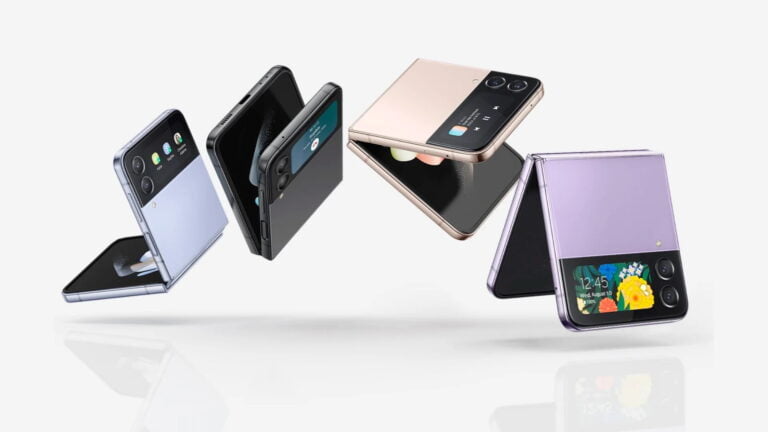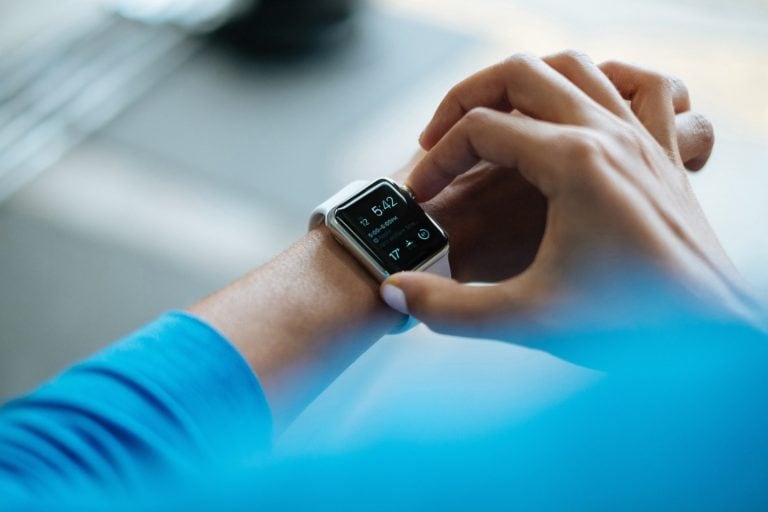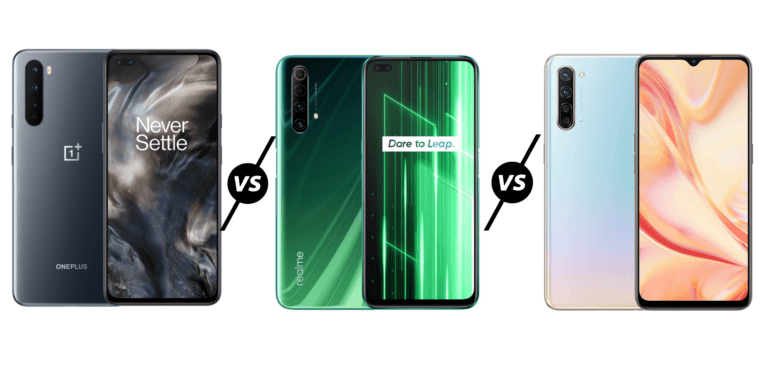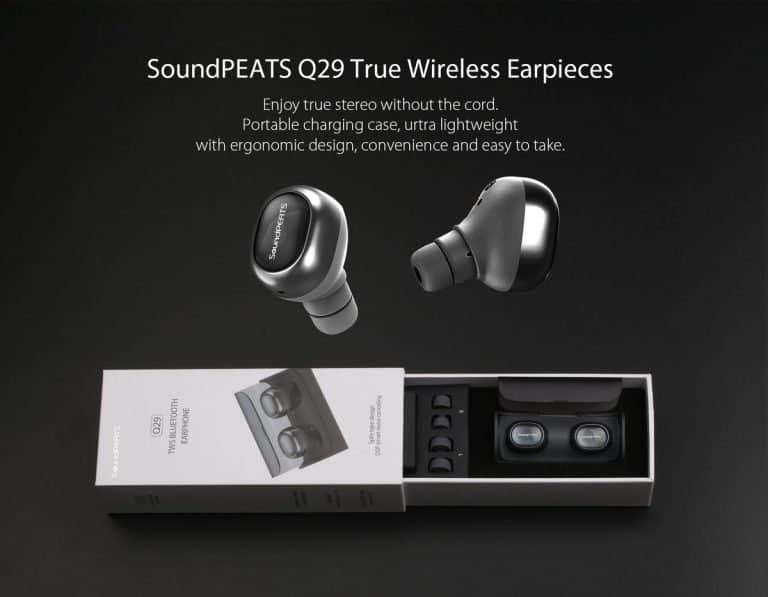Any links to online stores should be assumed to be affiliates. The company or PR agency provides all or most review samples. They have no control over my content, and I provide my honest opinion.
While I am a little late to the game, I have finally got my hands on the OnePlus 7 Pro. Is this the best OnePlus yet or does its new premium pricing ruin the appeal?
With the launch of the OP7 we have seen OnePlus adopt a new approach, they still offer their “flagship killer” at an affordable price in the form of the OnePlus 7, but they now offer a premium tier with the Pro model.
While this does mean the OP7 Pro is the most expensive phone to date from the brand, it is not excessively priced. Its launch price of £649 for the 6Gb model, it is £50 lower than the OPPO Reno 10x Zoom and Sony Xperia 1 while being more affordable than the £799 of the Samsung Galaxy S10 and Huawei P30 Pro. If you want the cheapest model, it looks like you have to buy direct from OnePlus.
If you are furious about that price, you can still opt for the £499.00 none pro model.
[content-egg module=Amazon template=list]
Specification
- Base Price: £649
- Qualcomm Snapdragon 855
- 128GB/256GB UFS3 internal storage
- 6GB/8GB/12GB RAM
- 6.67-inch QHD+ 90Hz Fluid AMOLED
- 48MP main camera w/ OIS
- 16MP ultra-wide 117-degree sensor
- 8MP telephoto w/ OIS + 3x(2.2x) optical zoom
- 16MP pop-up front camera
- 30W Warp Charge fast-charging
- 4000mAh battery
You get a lot of phone for your money, and I think the OP7 Pro justifies its new premium pricing.
There are a couple of key specs that make this stand out from the crowd of premium flagships. Its monster-sized 6.67-inch curved display which runs at 1440×3120 pixels is one of the first phones to feature 90Hz refresh rate, HDR10+ support, plus a DisplayMate A+ rating for colour accuracy.
Thanks to a pop-up camera, the display runs from edge to edge with no ugly holes or notches which gives it one of the largest screens to body ratios on the market.
This is also the first phone to feature UFS 3.0 storage. While that doesn’t sound terribly exciting but it is more than double the speed of the previous UFS 2.1 storage that you find on other flagships, and over five-fold faster than eMMC storage you will see in more affordable choices such as the Pixel 3a.
There are some disappointing omissions, though. OnePlus continue to avoid official water/dust resistant IP rating, they stated cost reasons in the past, but if they are charging premium prices I feel like they should include an IP rating. The phone is supposed to be water and dust resistant, but you just have to take their word for it.
There is no 3.5mm headphone jack, which is not a shock for phones in 2019 and the OP6T also lacked one but still disappointing. This time around there is no headphone dongle to soften the blow of no 3.5mm jack.
OnePlus 7 Pro vs OnePlus 7
The above stand out features inevitably cost you. The standard OnePlus 7 offers pretty much everything you could want from a flagship phone, just without those party pieces.
The OP7 is a bit more pocket-friendly at just 6.41 inches, and its display runs a lower at 1080 x 2340 pixels, it then has a small waterdrop style notch but has the same spec selfie camera. The screen also loses that buttery smooth 90Hz refresh rate.
The camera takes a small hit too, gone is the 16 MP ultra-wide, as is the telephoto, instead you get the same 48 MP main lens, and this is combined with a 5MP TOF depth sensor.
The battery and charging also drop a little down to 3700 mAh battery and 20W.
Personally, I think the Pro model is worth the £150 for all the extras, but the end result is a phone that is priced comparatively against the Xiaomi Mi 9 and Black Shark 2 while also having very similar specs.
Design and Build
The first thing I noticed about this was how big and heavy it is. Its 6.67-inch display is one of the biggest on the market, noticeably larger than either the Samsung Galaxy S10+ and Huawei P30 Pro, and not that much smaller than the Note10+. It is also the heaviest out of the four phones at 206g. It still fits in my pocket comfortably, but even with its edge to edge display, most people are going to struggle using this one-handed, and you can certainly feel the additional weight in your pocket.
The size and weight help contribute to a luxurious feel to the phone and switching on the display to reveal no notches, punch holes and practically no bezel feels almost futuristic. I know it is not that much different to a phone with a notch, but that little extra bit of space does provide a visual wow factor.
The overall build quality is exceptional, as is the case for all flagship phones nowadays. Like most phones though, its glass construction and bevelled edges mean that you are going to want to put a case on this, though I would say it is not as slippy as my P30 Pro. Thankfully, OnePlus include a clear plastic case, but I would still recommend something more protective if you are clumsy like me.
Display
OnePlus have always been very focused on user experience, so while Huawei may obsess about their cameras, with the OP7 Pro the standout features are things that improve the overall user experience.
While not the first company to introduce a 90Hz display, they are the first to introduce one at this specification. With a resolution of 1440 x 3120 pixels, HDR10+, and ultra-high colour accuracy, I don’t think many would deny that this is one of, if not the best displays on the market right now.
When you combine it with the ultra-fast UFS3.0 storage, and the famously lightweight Oxygen OS, you end up with a phone that is extraordinarily responsive. It is a strange experience really, using a P30 Pro as my daily driver, at no time have I ever thought my phone was slow, but using the OP7 Pro is just next level fast with no jittery screen transitions ever.
While I am still not the biggest fan of in-display fingerprint scanners, due to the likely hood of it not registering, this one works better than most I have experienced. In particular, when it does register the finger, the unlock feels instantaneous.
Camera
With three on the rear, as well as that pop-up 16-megapixel selfie camera, the OP7 Pro can comfortably trade blows with the best of the best, but falls a little short in some areas.
On the back going from top to bottom, you have an ultra-wide 16MP (f/2.2) sensor with 117-degree field of view, a standard 48MP (f/1.6) camera and a 3x 8MP (f/2.4) telephoto camera. The main camera features OIS and EIS, while the telephoto camera has OIS. There’s also PDAF, CAF and laser focusing.
The ubiquitous 48-megapixel lens is provided by a Sony IMX 586 sensor use on many other phones this year.
A new UltraShot mode, designed in-house by OnePlus engineers, utilises a special HDR+ mode that takes a single photo with four pixels capturing the image at different exposure levels at once, which are then combined for an overall 12-megapixel photo.
Nightscape 2.0 now allows handheld night shots to be taken in approximately two seconds.
The pop-up camera activates when you switch to selfie and is rated for a minimum of 300,000 activations. If you happen to drop the phone while taking a selfie, the built-in gyroscope will notice it and retract the camera. I have not tested this during my review, but it works from what I have seen.
When the phone first came out, there were quite a lot of negative reviews about the camera, it wasn’t so much that it was bad, but companies like Huawei have been making leaps and bounds with their camera tech.
Since then, the phone has received a lot of updates, and the opinion of the camera has changed quite a bit. I am possibly one of the worst photophores ever, so my subjective opinion is perhaps not worth that much. However, I have found no faults with the camera, it has taken consistently good shots in various conditions and is more than adequate of making my shoddy skills passable.
The P30 Pro has lots of scene options as well as AI scene detection; this is not quite as clear on this phone, the camera options are very minimalistic in comparison. It does appear to do a very good job of adapting the camera to its scene.
With the P30 Pro, the super macro has been a favourite of mine, so I was curious to see if the OP7 Pro can achieve. While it doesn’t get quite as much detail up close, I have found the overall effect to be superb, the OP7 seems to do a better job with the bokeh effects for the objects not in focus, and the result can be some impressive looking shots.
The zoom features of phones have become a big selling point recently, with Huawei and OPPO both offering super high zoom. While they are great, the fixed optical zooms don’t always equate to a lot of practical applications. It is fun on holiday zooming into buildings and sites far away, but beyond that, I rarely use them.
The 3x optical zoom on the OP7 is a more conservative approach, and technically it isn’t even that, but more like 2.2x zoom compared to the regular sensor. You can then take this all the way up to 10x digital. With these options, you get something perfectly adequate for most scenarios, in fact, I was surprised at the clarity of the digitally zoomed shots. While the P30 Pro may go up to 50x, trying to get a decent shot much beyond 10x is bordering impossible.
The Nightscape 2.0 option is perhaps one area it doesn’t do quite as well. This is the area that Google, and more so Huawei have made considerable advances in, and no phone is the best at everything, this just happens to be where OnePlus falls a little short. In some scenarios, under controlled light, it produced some excellent shots, almost like the room wasn’t dark in the first place. The below shots were shot at 4 am in the morning with a single Philips Hue bulb turned on in the background set to 10% and 20%.
At the same time, I tried to take some outside shots, it was a windy day, and the long exposure produced mostly blurred images (the P30 Pro suffers the same issue).
Performance and Benchmarks
Powered by the flagship Qualcomm Snapdragon 855 chipset this has outstanding performance just as any other flagship device.
Benchmarks of individual devices feel a little moot at this point, all SD855 based phones will have the same real-world performance. Similarly, you won’t notice much difference between a Kirin 980 based phone. The chipsets inside phones are so powerful now that I doubt many people use half the performance they are capable of, even with gaming, developers cater to the lowest common denominator, so most games run well across multiple chipsets.
Regardless, I still ran a couple of benchmarks to prove how good it is.
My review sample came with 12GB of RAM and 256GB of storage so it will have an advantage over the base model with 6GB of RAM which most people will likely go for.
UFS 3.0 vs UFS 2.1 Benchmarks
This does have one advantage over nearly every other phone on the market (except the Note10) and that is the UFS3.0. So this was one thing I did want to benchmark as it should, and did, show impressive results compared to most other phones.
%22%20transform%3D%22matrix(4%200%200%204%202%202)%22%20fill-opacity%3D%22.5%22%3E%3Cellipse%20fill%3D%22%230c0c0c%22%20rx%3D%221%22%20ry%3D%221%22%20transform%3D%22rotate(176.8%2038%201)%20scale(117%2014.32319)%22%2F%3E%3Cellipse%20fill%3D%22%23fff%22%20rx%3D%221%22%20ry%3D%221%22%20transform%3D%22matrix(116.86005%20-5.72084%201.62392%2033.17196%2072.5%2059.7)%22%2F%3E%3Cellipse%20fill%3D%22%23ababab%22%20cx%3D%2259%22%20cy%3D%2215%22%20rx%3D%22117%22%20ry%3D%226%22%2F%3E%3Cellipse%20fill%3D%22%23fff%22%20rx%3D%221%22%20ry%3D%221%22%20transform%3D%22matrix(-94.87594%201.73503%20-.59032%20-32.28022%2080.4%2057.7)%22%2F%3E%3C%2Fg%3E%3C%2Fsvg%3E)
OnePlus 7 Pro %22%20transform%3D%22matrix(4%200%200%204%202%202)%22%20fill-opacity%3D%22.5%22%3E%3Cellipse%20fill%3D%22%23483c42%22%20rx%3D%221%22%20ry%3D%221%22%20transform%3D%22rotate(-33.2%2026.5%20-89)%20scale(96.27344%2052.46784)%22%2F%3E%3Cellipse%20fill%3D%22%23fff%22%20rx%3D%221%22%20ry%3D%221%22%20transform%3D%22matrix(-1.27196%20-87.88285%20116.98775%20-1.6932%2081.4%20158.4)%22%2F%3E%3Cellipse%20fill%3D%22%23272e2a%22%20cx%3D%2236%22%20rx%3D%22114%22%20ry%3D%2210%22%2F%3E%3Cellipse%20fill%3D%22%23c6c5ca%22%20rx%3D%221%22%20ry%3D%221%22%20transform%3D%22matrix(-36.93532%207.14561%20-4.96164%20-25.64646%2097.6%2038.6)%22%2F%3E%3C%2Fg%3E%3C%2Fsvg%3E)
OnePlus 7 Pro
For some reason my P30 Pro wouldn’t run the test, so had to use the Black Shark 2 for comparison. As expected, the performance difference is massive, but only in certain metrics.
Sequential read and write see a huge jump in performance with 1135MB/s and 242MB/s respectively. The Black Shark 2 achieves 620MB/s and 137MB/s. So almost double the performance.
Sadly, it is not the same with random reads and writes, the OP7 Pro gets 15MB/s and 8.85MB/s while the Black Shark gets 16MB/s and 4.62MB/s. So only fractionally behind with the read, and still getting close to double the speed for rights.
Input/Output Operations Per Second is another factor that will affect your performance and here we see impressive results again. For reads, the OP7 gets 9090 IOPs while the Black Shark gets 8010. Then for the update, insert, delete test, the OP7 has double the performance with 2000, 133, and 2000 IOPS vs 1000, 66, and 1000 IOPS.
For real-world usage, everything runs amazingly, as previously stated the combination of the fast storage, high refresh rate screen and lightweight OS, make this phone at least subjectively feel considerably quicker than any other phone I have used recently.
Battery
The 4000mAh battery is more significant than many, though this is required, the very large high-resolution display running at 90Hz will no doubt be more power demanding than most.
I didn’t do any intensive battery tests, but it is good. It doesn’t come close to the P30 Pro, which I can often find has 50% by the time I go to bed, but that has a smaller, lower-res screen running at 60hz. With this, even on a heavy use day, you should still get through the day comfortably, unless of course, you spend all day gaming on the phone.
While I don’t find wireless charging a make it or break it feature, it is something I like to use on occasion. The main scenario is my car, which has a wireless charging holder, so I drop it in the cradle and don’t have to faff around with anything before a long drive.
The combination of substantial battery and 30W Warp Charge means that you should rarely need to charge your phone by small increments often. Nowadays for me, the only time I really need to charge my phone throughout the day is on holidays and press trips where I take dozens/hundreds of photos. In these cases, it is the fast charging that is more useful, I can top up my phone to full during any brief downtime I have. In the case of the OP7 Pro, 20 mins will get you from 0-50%.
Software
Oxygen OS is OnePlus’ software skin running on top of Android 9.0 Pie. It offers a light amount of alterations to Google’s operating system ethos, with a minimalistic flat design. This lightweight approach has garnered a lot of fans, and deservedly so, it is a pleasure to use.
There are some small useful tweaks beyond what you would get with the pure Android experience. You can record your screen then edit and share the video. Then there is a Zen mode which locks your handset for 20 minutes, stopping you from doing everything except make and receive emergency calls and take photos.
OnePlus have also integrated their own performance mode, named Fnatic mode, similar to many other phones recently. This is set specifically for hardcore gamers and will switch off background tasks, mute notifications and focus all power on the CPU and GPU.
OnePlus have been excellent at updating their phones too, looking at the updates page, Android Pie is available on phones going all the way back to the OnePlus 3 which was launched 3 years ago.
Conclusions
The OnePlus 7 Pro is a superb phone, and it has been a pleasure to use. I think it is smartly priced too, a touch under competing premium-priced phones, while justifiably above the lesser spec’d OP7, Mi9, and Black Shark 2.
The display, storage speed, and day to day performance make the overall user experience of this exemplary.
While its camera, arguably, can’t compete with the P30 Pro, it is only in a few scenarios such as low light where it falls short. It is not so much that the OP7 Pro is bad at anything, just other brands such as Huawei have invested a lot of time and effort/money into getting the best low light performance, whereas OnePlus spent their time elsewhere.
For the majority of photos, you would have to have a keen eye for detail to work out which phone has the best camera.
The lack of an IP rating and wireless charging are also minor niggles which I would hope are addressed with future phones, and not a reason why I wouldn’t want to buy this phone.
Its size is something you should consider before buying it, I wouldn’t class it as a negative, some may think it is positive, but at the end of the day, it is still notably larger and heavier than many other phones on the market.
Overall, the OnePlus 7 Pro comfortably goes toe to toe with the very best phones out there. I can’t say it is better or worse than the obvious other choices but it is a close call either way, while also being attractively priced in comparison to the Reno 10x Zoom, P30 Pro, and Galaxy S10+.
OnePlus 7 Pro Review
Summary
The best OnePlus phone to date? Yes. Worth the new premium pricing? I think so.
If you want the best user experience and can live without super high zoom or class-leading low light performance then the OnePlus is probably the way to go.
Overall
95%-
Overall - 95%95%
I am James, a UK-based tech enthusiast and the Editor and Owner of Mighty Gadget, which I’ve proudly run since 2007. Passionate about all things technology, my expertise spans from computers and networking to mobile, wearables, and smart home devices.
As a fitness fanatic who loves running and cycling, I also have a keen interest in fitness-related technology, and I take every opportunity to cover this niche on my blog. My diverse interests allow me to bring a unique perspective to tech blogging, merging lifestyle, fitness, and the latest tech trends.
In my academic pursuits, I earned a BSc in Information Systems Design from UCLAN, before advancing my learning with a Master’s Degree in Computing. This advanced study also included Cisco CCNA accreditation, further demonstrating my commitment to understanding and staying ahead of the technology curve.
I’m proud to share that Vuelio has consistently ranked Mighty Gadget as one of the top technology blogs in the UK. With my dedication to technology and drive to share my insights, I aim to continue providing my readers with engaging and informative content.

